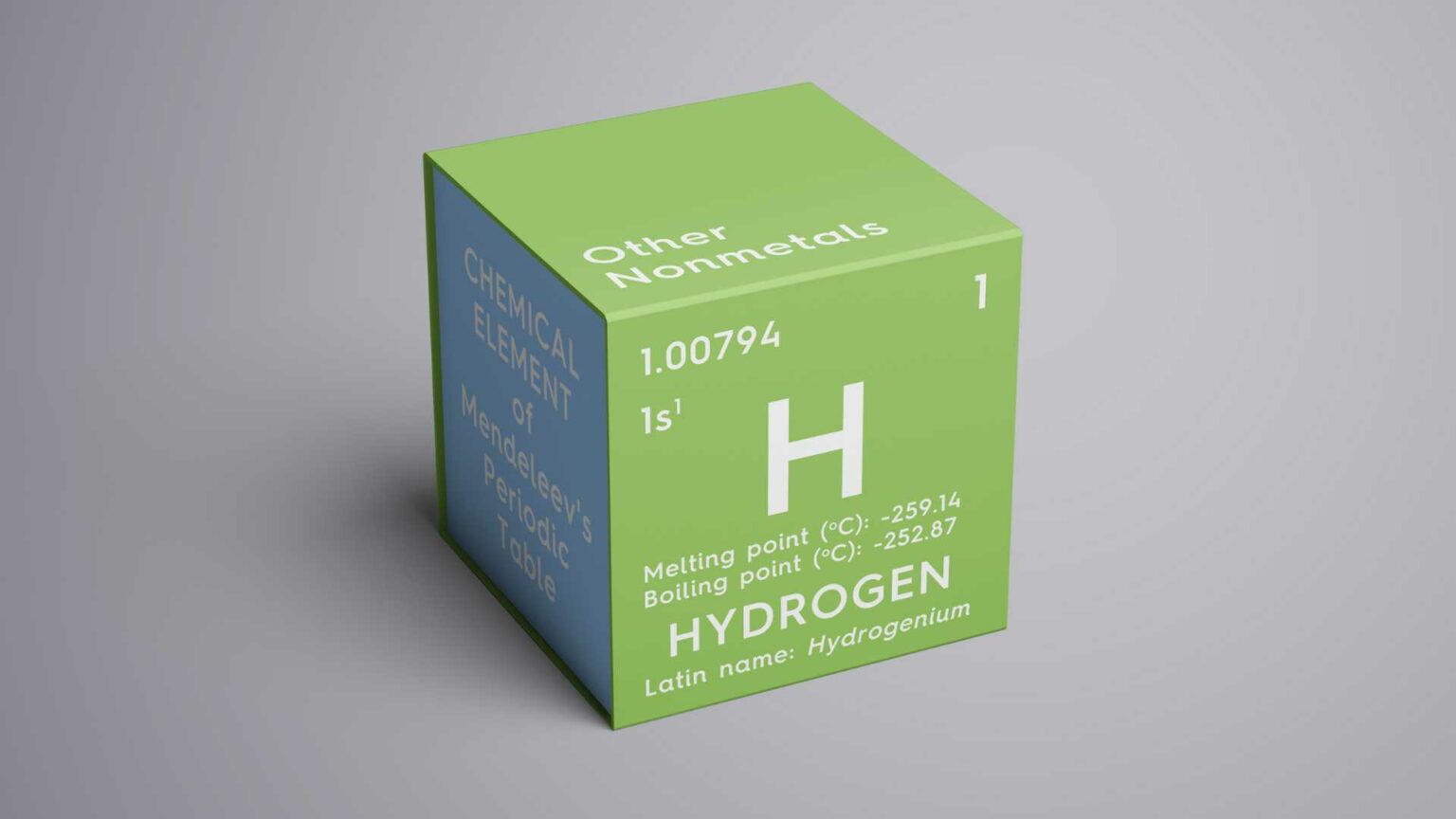As the world races towards a net-zero carbon future, hydrogen is being hailed as a crucial energy solution.
Among the different forms of hydrogen, a new player has entered the scene—natural geologic hydrogen. This form of hydrogen is being touted as a low-cost, low-carbon alternative to the traditionally manufactured hydrogen we know today. But is it really a game-changer, or are we overestimating its potential?
Natural geologic hydrogen, often referred to as “white hydrogen,” is hydrogen found naturally beneath the Earth’s surface. Unlike “green” hydrogen, which is produced using renewable energy, or “blue” hydrogen, which is derived from fossil fuels with carbon capture, geologic hydrogen is naturally occurring and can potentially be extracted at a much lower cost. The Bourakébougou field in Mali, which has been producing natural hydrogen since 2012, is the world’s only proven reserve so far.
Proponents argue that geologic hydrogen could revolutionize the hydrogen industry. According to some estimates, the global reserves of geologic hydrogen could meet the world’s energy needs for centuries. In theory, the cost of producing natural hydrogen could be less than $1 per kilogram, making it competitive with conventional fossil fuel-based hydrogen and much cheaper than green hydrogen, which can cost up to $10 per kilogram.
Geologic hydrogen is also seen as an environmentally friendly option. Since it is naturally formed, there are no emissions associated with its creation, and it doesn’t require the energy-intensive processes involved in manufacturing green or blue hydrogen.
Despite its potential, there are significant uncertainties around geologic hydrogen. While the Bourakébougou field in Mali has been producing small amounts of hydrogen, its output pales in comparison to what is needed for global industrial use. For example, a typical steel plant requires around 70,000 tonnes of hydrogen per year, yet the Mali field can only produce around 50 tonnes annually.
Additionally, the geological conditions that allow for hydrogen accumulation are not well understood. While researchers have identified hydrogen-rich areas across the globe, the mechanisms that lead to these deposits and their scalability are unclear. There’s also no guarantee that larger reserves can be discovered or extracted economically.
